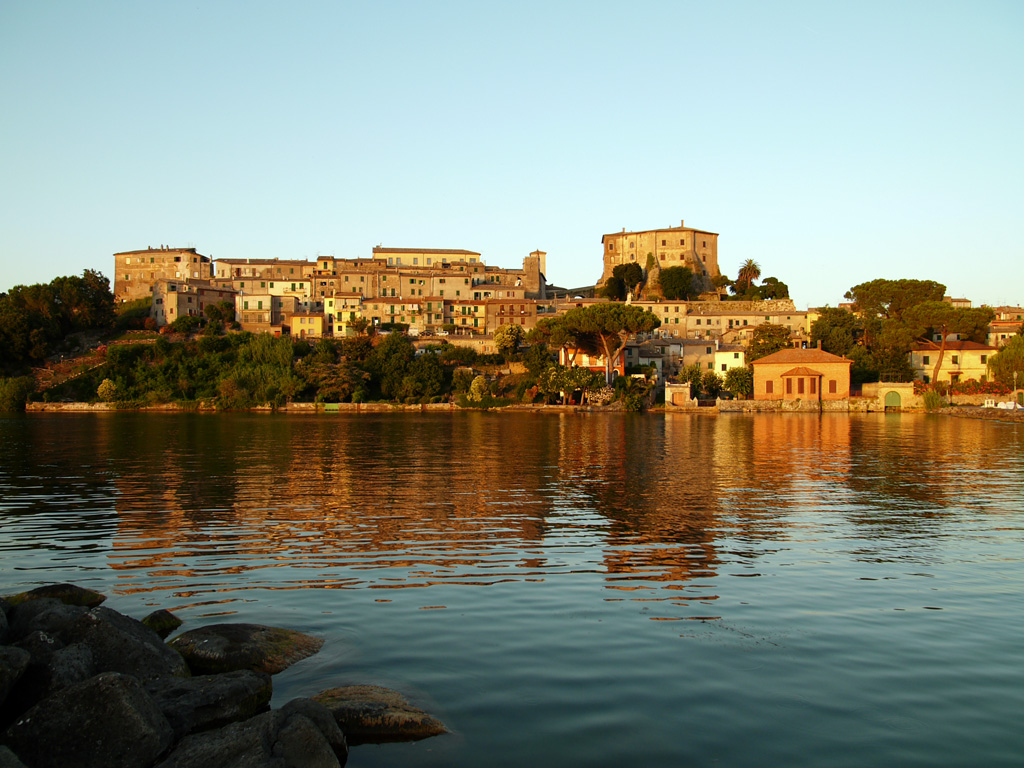
CAPODIMONTE.
Historically, it is the heir to ancient Vesentum, an important Umbrian Etruscan city, whose vast necropolis has unearthed numerous archaeological finds, some of which are believed to be true art treasures from the Neolithic-Villanovan, Etruscan and Roman periods, currently on display in museums in Rome, Florence and Viterbo. Destroyed in 280 B.C., the Roman Visentium was refounded, which quickly became a municipality and diocese from the earliest days of Christianity. Destroyed again by the Lombards in the mid-8th century, its population dispersed.
It was then subjugated to the lords of Bisenzio in the 11th century, to the Commune of Orvieto in the 13th, to the Episcopal See of Montefiascone in 1369, to the Farnese Seigniory of the Duchy of Castro in 1385, and to the Church from 1649 until the advent of the Kingdom of Italy in 1870.
The Farnese family, who in their magnificence left indelible traces everywhere in the territory of the Duchy, had the imposing octagonal mole, called the Rocca, built by Antonio da Sangallo the Younger in the 16th century on an earlier construction of the Lords of Bisenzio. The palace became their favorite seat, as well as a coveted place, many pontiffs, rulers, artists and politicians, both Italian and foreign,
At the “Vittorio Fanelli” cultural center, there is a monoxile dugout dating back to the Paleolithic, found in the mid-1980s. (Currently under restoration) The Historical and Religious Museum on Rock Street. The Underwater Nativity.
In addition to environmental beauty, it offers interesting places to visit:
The Old Town with the monuments already mentioned theBisentina Island (guided tour by motorboat with departure and arrival at the port.), the Archaeological Park of Monte Bisenzo.


